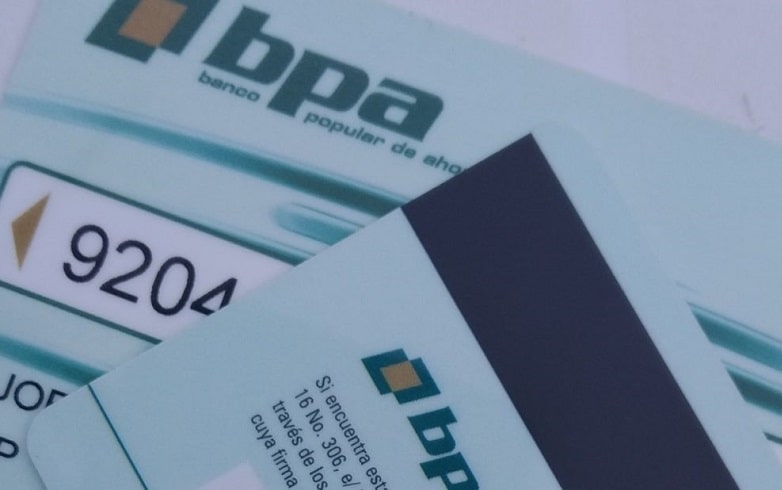Alternative of the financial administration service of the Banco Popular de Ahorro aimed at legal persons
Keywords:
financial administration, financial indicators, overdue financing grantedAbstract
A procedure is proposed to carry out a financial administration to the companies that are clients of Banco Popular de Ahorro, in which there is a deterioration of their financial economic indicators, whose origin is given, among other aspects, by an insufficient financial administration of the cash flow, since timely monitoring of the performance of the assets has not been offered, the permanent analysis of the financial indicators has not been offered, and the debts contracted for granted financing have been renegotiated or restructured, directed mostly to the increase of Working Capital and Investments (which are usually in an expired state), intended mainly for food production, increased exports, import substitution, solution to the chain of non- payments, among others. It is pursued with the realization of the Financial Administration, to optimize the financial resources of these companies to achieve organizational objectives with greater efficiency and profitability, in addition to achieving a successful recovery of the financing granted by the Bank, as well as compliance with their tax obligations and the timely payment of the salary of its workers. It is also expected to design and carry out the processes to obtain funds, analyzing whether or not the profitability of a project through granted financing is possible, where the Bank is not only its administrator, but also its financial advisor.
References
Ministerio de Finanzas y Precios (2006): Resolución 235/2006. Normas Cubanas de Información Financiera, 2006.
Ministerio de Finanzas y Precios (2016): Resolución 498/2016. Norma Específica de Contabilidad No.5 “Proforma de Estados Financieros para la Actividad empresarial, Unidades Presupuestadas de tratamiento especial y el sector cooperativo agropecuario y no agropecuario”, 2016.
Pérez Piñeiro T. (2009): Fundamentos teóricos de la Administración Financiera y el sistema presupuestario. Consultado en https://www.eumed.net/cursecon/ecolat/cu/2009/tpp.htm , 20/02/2023
Santander Suástegui M. (2010): Métodos para gestionar la liquidez en un conjunto de empresas comerciales cubanas https://www.eumed.net/libros-gratis/2010e/803/803.pdf
Sosa M. J. La administración del efectivo. Disponible en: http://www.monografías.com
del Toro Ríos J. C. y Otros (2006): Administración Financiera del Estado Cubano. Pueblo y Educación, 2006. 317.

Downloads
Published
How to Cite
Issue
Section
License

This work is licensed under a Creative Commons Attribution-NonCommercial-NoDerivatives 4.0 International License.
- Sending a contribution to the Cuban Magazine of Finance and Prices (RCFP) implies a non-exclusive assignment of rights, which includes: Reproduce the Article in whole or in part and communicate the Article to the public in print or electronic format, combined or not with the works of third parties, such as by making the Article available to the public via the Internet or any other network, as part of a database, with on-line or off-line access, for use by third parties; Translate the Article into other languages and release the translation to the public; Create adaptations, summaries, or excerpts of the Article and other derivative works thereof, and exercise all of your rights in such adaptations, summaries, excerpts, and derivative works; Include the Article, either in its translated, adapted or summarized version, totally or partially, in a computerized database and make it available to third parties; Include the Article, totally or partially, either in its translated, adapted or summarized version, in a selection or compilation of texts; Rent or lend the Item to third parties; Reproduce the Article by means of reprography, without prejudice to legal limitations.
The Author of articles published in the Cuban Magazine of Finance and Prices (RCFP) may exercise the following rights:
- Reproduce the Article, totally or partially, and disseminate its content or make it available to the public, in printed or electronic format, as part of a teaching content or as a compilation, for use in the academic or research field in the institution to the one to which the Author belongs or in those institutions to which he belongs.
- Publish the Article on the Internet or authorize the Author's institution (or any other appropriate organization) to do the same, immediately from the date of publication of the Article in the journal: within the institution's closed network (p. eg, the intranet); or in publicly accessible institutional repositories or centrally organized repositories, provided that a link to the Article is included on the journal's website.
- Grant to the Author's own institution (or any other appropriate organization) the authorization to reproduce the Article in order to prevent its deterioration or, if the original is in an obsolete format or the technology to use it is not available, in order to ensure that the Article remains available for teaching or research purposes;
- Present the Article at a meeting or conference, and distribute copies of the Article to those attending the event.
- Grant end users at the Author's own institution (or any other appropriate organization) permission to copy, use, transmit, and publicly perform the work and to create and distribute derivative works.



